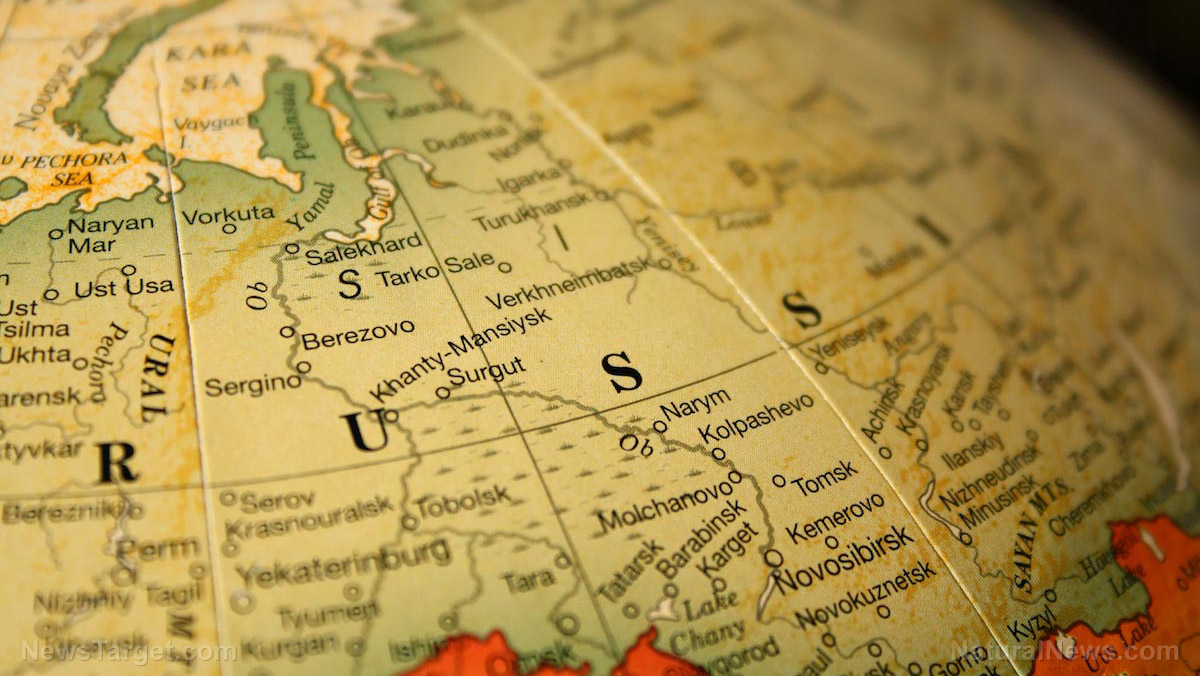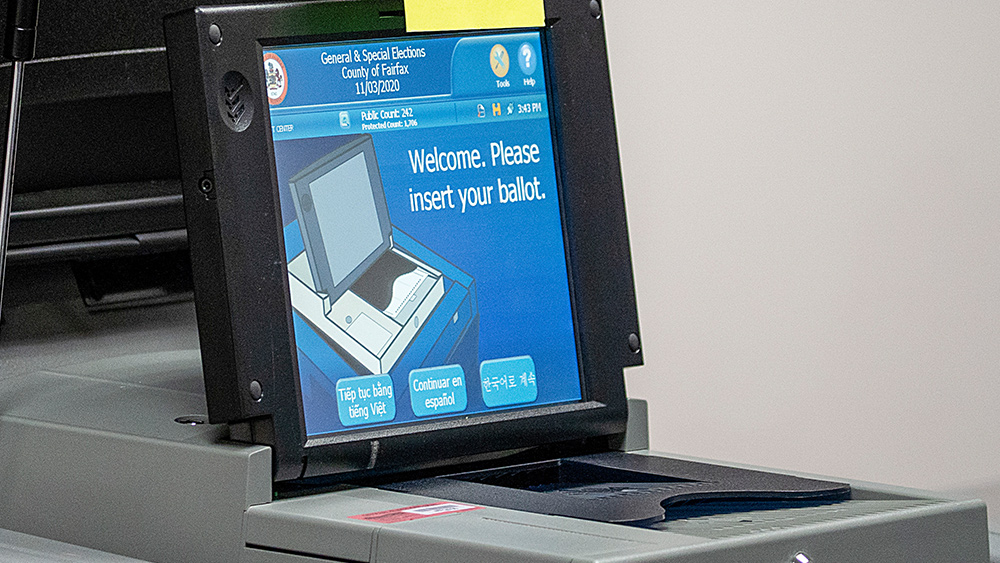FEAST and FAMINE: Banking industry puts COVID-19 pandemic in rearview mirror while millions continue to suffer from food scarcity
10/19/2021 / By Nolan Barton

JPMorgan Chase & Co. Chief Executive Jamie Dimon says the economy is healthy and the Wuhan coronavirus (COVID-19) pandemic is now a thing of the past as far as the banking industry is concerned.
“Two years ago we were facing COVID, virtually a Great Depression, a global pandemic, and that’s all in the back mirror, which is good,” Dimon said on a conference call with analysts on Wednesday, Oct. 13. “Getting out of COVID, we should all be thanking our lucky stars.”
Dimon and his fellow bank executives were cautiously optimistic that the economy is finally on a healthy path after 19 months of pandemic-related business closures, travel restrictions and stay-at-home trends. They predicted that loan demand will not substantially change until next year at the earliest, but they are encouraged by early signs that the world is getting back on track.
Global supply-chain bottlenecks and rising inflation are temporary setbacks, the executives said, adding that large corporations remain eager to strike more deals.
“Hopefully a year from now there will be no supply chain problem. The pandemic will become endemic,” Dimon said.
JPMorgan posts strong third-quarter numbers
JPMorgan’s third-quarter profit is 24 percent higher than the same period last year. Average loans, deposits and credit-card spending have also gone up, helping JPMorgan’s lending income rise 2.5 percent from the second quarter.
However, JPMorgan’s third-quarter profit is largely due to the release of rainy-day funds socked away during the pandemic’s darkest days. Its revenue is up just 1 percent below Wall Street expectations.
Like other banks, JPMorgan is releasing a portion of the billions of dollars it had set aside in preparation for a wave of bad loans that never materialized. The bank pulled out $2.1 billion from its reserves in the third quarter, bringing its total reserve down to $20.5 billion. Its stockpile was as high as $34.3 billion in 2020.
In total, JPMorgan has posted a profit of $11.69 billion, or $3.74 per share, up from $9.44 billion, or $2.92 a share, a year ago. That beats the $3 a share that analysts had expected, according to FactSet.
Excluding the boost from the release and a tax benefit, the bank’s profit is $9.6 billion in the third quarter. Analysts say that is still better than they predicted.
JPMorgan is the first major U.S. bank to report third-quarter results, and it often sets the tone for earnings season.
Investors often see the bank as a symbol of how well the global economy and markets are doing. One of the largest investment banks on Wall Street, it has a substantial presence in almost all conventional lending businesses – from mortgages to commercial loans – and insights into multinational corporations through its capital markets and treasury services operations.
Australian bank announces huge cash profit
In Australia, the Commonwealth Bank of Australia (CBA) reported a cash profit of AU$8.65 billion ($6.42 billion) for the year up to June 30, up almost 20 percent from the previous year, and a statutory bottom-line result of AU$8.84 billion ($6.55 billion).
Matt Comyn, the bank’s chief executive, said that almost all CBA borrowers who took a loan holiday due to COVID-19 have restarted their repayments.
At the bank’s annual general meeting via videolink last week, Comyn said about 160,000 mortgage holders and about 90,000 business loan holders deferred their loans during the pandemic.
As for the housing market, Comyn says the bank is keeping a close eye on strong activity in the market and adjusting its lending settings accordingly.
CBA has raised its servicing capability rate on mortgage applications to 5.25 percent, well above the interest rate a customer would currently pay.
FAO: Over 900 million people will suffer from hunger by 2030
While a few big corporations are having a feast, nearly a billion people are starving.
Many of the fears about the increase in hunger and poverty during the pandemic have been confirmed. Analyses by international institutions, including the United Nations (UN) and the World Bank, show just how devastating the pandemic has been.
The UN’s World Food Program (WFP) currently puts the number of people at risk of starvation at more than 270 million – double the pre-pandemic figure.
The COVID crisis has greatly exacerbated the situation for those already suffering from poverty, armed conflict and the other crisis. The World Bank predicts that by the end of this year, the pandemic will cause 111 to 149 million people worldwide to fall into extreme poverty.
Even before the pandemic, the number of people suffering from chronic hunger has been on the rise. The UN’s Food and Agriculture Organization (FAO) estimates that there will be over 900 million people suffering from hunger by 2030.
The State of Food Security and Nutrition in the World report lays bare the impact of COVID-19 on food insecurity and malnutrition around the world.
The report estimates that up to 811 million people went hungry last year as climate extremes and economic slowdowns exacerbated by the COVID-19 pandemic wreaked havoc around the world.
WFP Executive Director David Beasley said it is “a devastating reality that the path to zero hunger is being stopped dead in its tracks by conflict, climate and COVID-19.”
He also noted that more people experienced chronic hunger in 2020 than in the past five years combined, and one in five children around the world are stunted – meaning their future potential is being destroyed by hunger.
Over 149 million under-5s are estimated to have been stunted or are too short for their age; more than 45 million are wasted or too thin for their height; and nearly 39 million are overweight.
“The world needs to act to save this lost generation before it’s too late,” said Beasley.
Follow Pandemic.news for more news and information related to the coronavirus pandemic.
Sources include:
Submit a correction >>
Tagged Under:
banks, big government, business closures, chronic hunger, Collapse, coronavirus, covid-19, food collapse, food insecurity, food supply, malnutrition, money supply, national security, pandemic, starvation
This article may contain statements that reflect the opinion of the author
RECENT NEWS & ARTICLES
COPYRIGHT © 2017 NATIONAL SECURITY NEWS






















